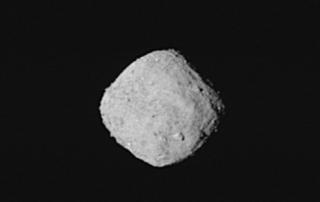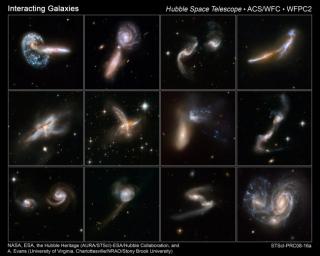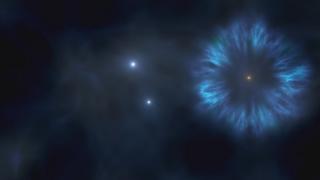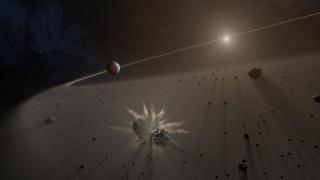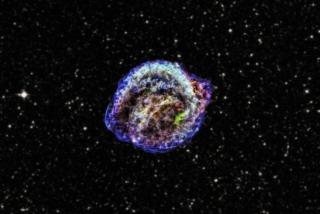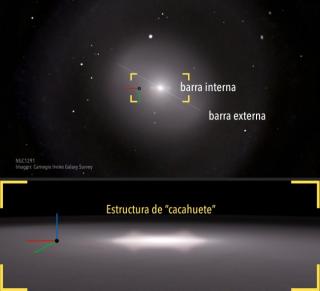
Jairo Méndez Abreu and Adriana de Lorenzo-Cáceres, researchers at the Instituto de Astrofísica de Canarias (IAC), have discovered a peanut-shaped structure in the inner bar of a double-barred galaxy close to the Milky Way. Structures of this type, previously detected only in outer, or single, bars are useful tracers of the evolution of the galaxies.
